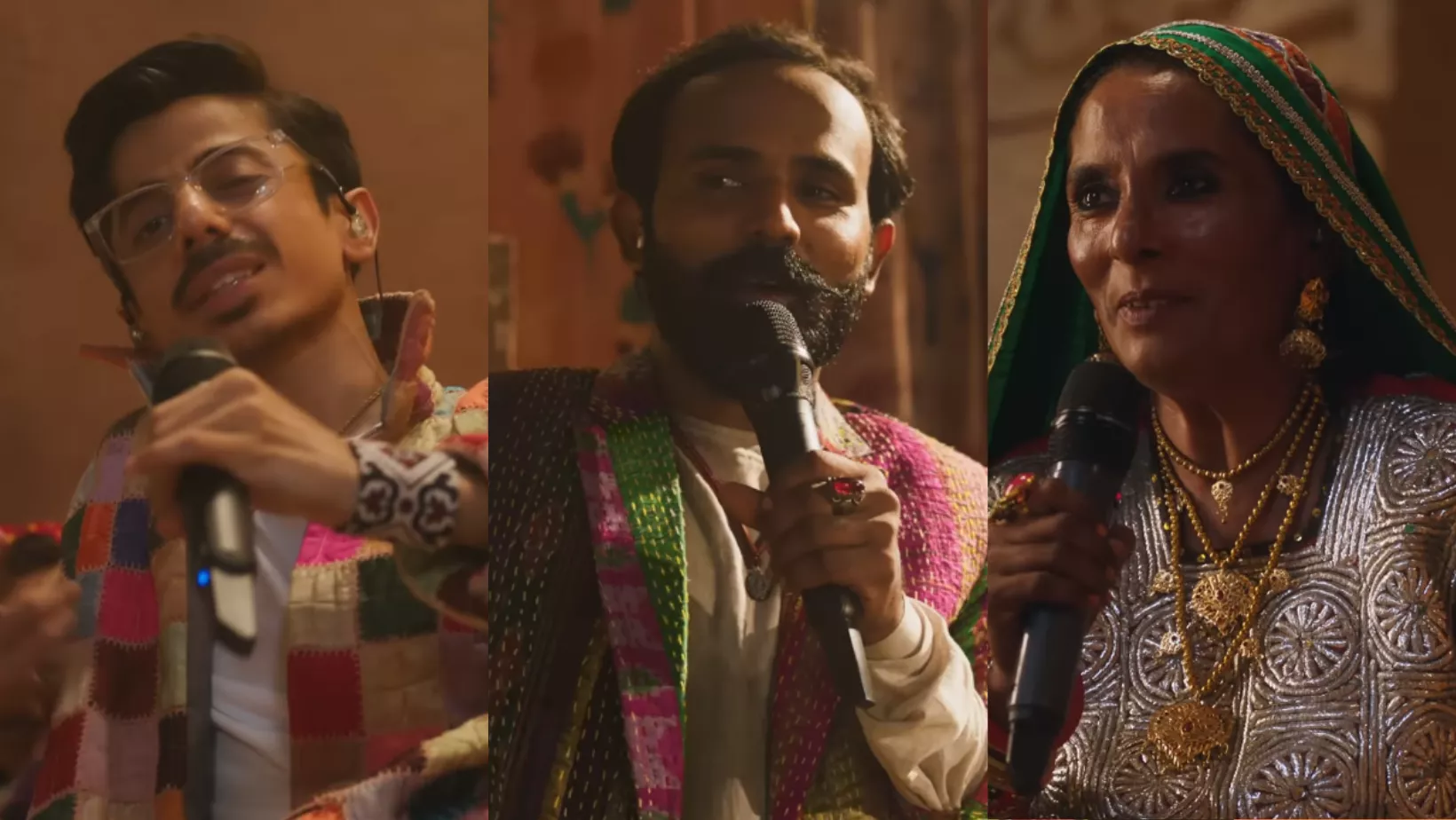Coke Studio 15: 'Aayi Aayi' is Sindhi on the surface, formulaic at its core
With Noman Ali Rajper, Babar Mangi and Marvi Saban headlining, the song fails to embody its aesthetics sonically
KARACHI:After a year of hiatus, Coke Studio Pakistan is back for its 15th edition with a signature Coke Studio track. On the one hand, the very availability of a signature can evince a brand’s longstanding intimacy with its market. On the other hand, what is tried and tested is typically an antidote to novelty and innovation. These tensions betray themselves most saliently in this season’s opener.
Aayi Aayi comes hot on the heels of Coke Studio’s diversity and inclusivity manifesto - with little preamble and social media hype. Not new by any chance, the politics of the music franchise has marinated in many transitions before settling in its own shape. With Noman Ali Rajper, Babar Mangi and Marvi Saban headlining the song, there is no mistaking what it is meant to reify: the aesthetics of Sindh.
There is attention paid to detail, perhaps a little too much. With over a decade in music making under its belt, a solid production design like that in Aayi Aayi is more of an expectation than an achievement at this point. The track does not disappoint in this regard. A woman drapes a big quilt of Sindhi patchwork ralli over a wall, others squat together and draw rangoli. Symbolism is aplenty for those keeping count.
From its musical notes to its set and costume design, particularly Babar Mangi's striking ensemble, the track attempts to carve out a Sindhi flair. Yet, the sonic experience is decidedly underwhelming for those who remember Coke Studio’s previous offerings and can predict the song’s chorus from its outset.
It is not that Aayi Aayi is a bad song by any measure. Clocking in at 5-and-a-half minutes, the track begins with Noman Ali Rajper’s vocals, which are treated with a tasteful amount of autotune— used in this case as a purely modern vocal production technique that enhances rather than overpowers. Noman's voice serves as a strong backbone throughout the track, guiding the transitions and maintaining the song's energy. His presence, both audibly and visually, brings a charisma that is hard to ignore, making him a standout performer in this opening number.
The transition into Babar Mangi’s rap verse is one of the track's highlights. Babar not only delivers potent lyrics but also brings a palpable energy that complements the song's traditional roots. His ad-libs and the subtle backing vocals during his verse add layers of depth.
Marvi Saban’s contribution, though more sparingly used, is no less impactful. When she takes centre stage, particularly during the bridge, her vocal prowess shines through, adding a soulful touch to the track that enriches its cultural texture.
Despite many overt efforts to offer a distinctly Sindhi collaboration and generous use of instruments from the region, one may close their eyes and listen to Aayi Aayi only to realise that the song would sound the same if it were rendered in Balochi, Pashto or Seraiki. Despite shelving itself neatly along Coke Studio’s brand of fusion music, season 15 has kicked off with a hesitance towards making something new.
Partly responsible for this is perhaps the switch to music video format inaugurated by Xulfi in season 14. That the predilection towards representation eventually becomes a matter of what is seen rather than what is heard begs the question of what is lost when optics do the talking. The same year also marked the end of Coke Studio’s episodic format, trading the mini-album per episode for one song every week.
Unlike season 2’s debut where listeners tuned in to Atif Aslam’s Jal Pari and Shafqat Amanat Ali Khan’s Khamaaj in the same episode, Aayi Aayi can saturate its audience before its successor can begin its course. Like elsewhere in mainstream music markets, repackaging the old is a safer bet than developing something new.
Have something to add to the story? Share it in the comments below.


COMMENTS (4)
Comments are moderated and generally will be posted if they are on-topic and not abusive.
For more information, please see our Comments FAQ